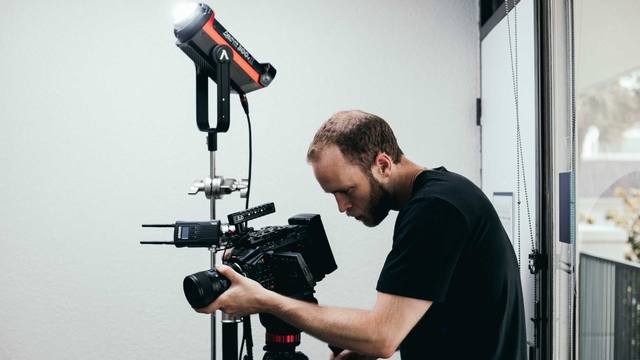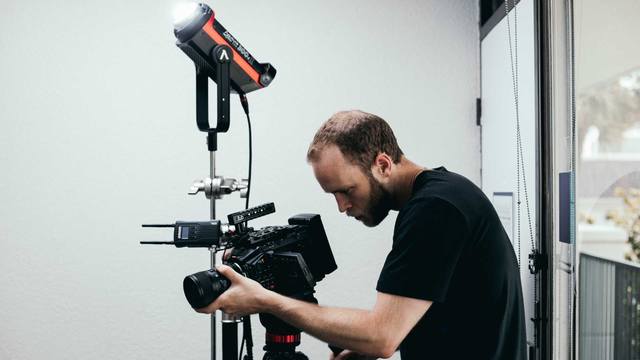
The business world was already expanding the definition of the workplace and moving toward more flexible schedules before the pandemic hit, but practically overnight, millions traded office workstations for a seat at the dining room table. A similar dynamic was happening in the training and development space, where virtual learning was an alternative — then, suddenly, the only option.
Hiring didn’t stop during the pandemic, with companies using video-on-demand (VOD) and livestream capabilities to virtually walk new hires through company buildings and introduce them to colleagues via videos. Live conferences and roadshows went virtual, with livestreaming and VOD sessions replacing face-to-face meetings across industries.
Training and development professionals were already using VOD and livestreaming to onboard and train employees at steadily increasing rates before the pandemic. There are many advantages to using these mediums, including lower costs, greater consistency and more scheduling flexibility. Employers frequently use video training for onboarding, ongoing training and professional development opportunities.
Since the COVID-19 crisis increased the use of these assets, it provided some lessons that can help training and development professionals maximize the value of VOD and livestreaming going forward:
1. Pick the Right Platform
Different types of interactions require different platforms, so it’s important to choose the right one. For coordination meetings with smaller teams, interactive multi-panel video platforms may work well enough, but broadcast platforms are a must for large group presentations and product demonstrations. A broadcast platform maintains video and audio quality regardless of the number of participants, which is essential for keeping viewers engaged.
2. Use a Content Delivery Network (CDN) When Training Dispersed Employee Groups
If you’re training 10 to 20 local employees, you probably won’t encounter significant bandwidth and reliability issues during a live or VOD session. However, if you’re training distant employees, consider using a CDN, which moves content along information “superhighways” so that learners can reliably stream it from any device in any location. CDNs improve video performance and quality by eliminating buffering and pixilation.
3. Invest in Professional Production Capabilities
It’s a good idea to invest in professional production techniques like quality audio equipment and lighting so that every word is transmitted clearly and viewers can read presenters’ body language. Great video quality is also essential; companies that rely on VOD or livestreams should invest in high-definition capabilities to hold viewers’ attention.
Video can facilitate more effective training and higher levels of retention through live webcasting and dynamic on-demand training modules that employees can watch and process at their own pace. Budget constraints prompt some users to try to keep costs down with do-it-yourself (DIY) production assets, but doing it right requires add-on services. Partnering with a professional VOD or livestream service typically results in a lower total cost of ownership.
4. Be Aware of Security
Businesses that are doing more sales and product training via livestream or VOD should make sure they’re using an embedded player that can’t be copied or redirected. Password protection and encryption for prerecorded videos are also a must to keep proprietary product details, personal information and sales data out of competitors’ hands. It’s a good idea to make sure these basic protections are in place for whatever service you use.
5. Produce Professional Videos of Live Events to Offer as a VOD Asset
Live meetings are great, but virtually every human resources (HR) or training event can and should be professionally edited and offered as a VOD option. On-demand videos of these events almost always have more views over the long term. They give employees access to revisit training sessions, providing a valuable tool for helping them retain new information. VOD assets will also become more important as companies look for ways to cut costs, and they are an effective and inexpensive way to generate more value from each live event.
Eventually, we’ll move past the coronavirus crisis and return to whatever state we collectively decide is the “new normal” for the business world. Don’t be surprised if the new normal includes a lot more working from home and training conducted via livestreaming and VOD than the old normal did. For many companies, the crisis-inspired trial by fire revealed that we can efficiently conduct business — and training — at a distance, so many will choose to do so permanently.
For training and development professionals, this shift means embracing new ways of making sure employees stay engaged and finding effective methods of bringing new staff members up to speed. When done the right way, livestreaming and VOD can be among the most engaging, consistent, cost-effective and efficient methods of training. Learning professionals who maximize the value of VOD and livestreaming now will be better prepared for what comes next.







